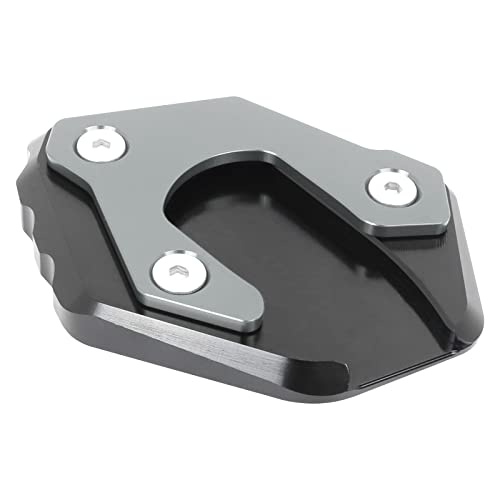I haven't figured out how to use those quotes yet, but I will try to offer a few comments anyway:
Fred W said it was impossible to turn a 2 wheel vehicle without countersteering. This is not entirely true. I set my cruise control and drove down the road with no hands on the bar. I could shift my weight and make the bike turn one way or the other. The turns were VERY slow, and really wouldn't do you much good in a real turn. Impossible, no. VERY difficult and slow, yes. That test was enough to prove to me (not that I needed proof) that people who claim to "body steer" and do not countersteer are deluding themselves. FredW I 100% agree with the point you were making, but must differ on the very fine details.
FJRBluesman said "At slow speed you steer the direction you want to go, after 25mph it's the opposite." This is simply not true. There is no switchover at 25 mph or any other speed. Any time you are balancing on two wheels, pushing the bars left will make the bike steer MORE right.
I think the thing that confuses some people is that to steer to the right, for example, you countersteer by, say, pushing on the right bar. This makes the wheels steer out from under you to the left. Since the bike's CG is no longer directly over the wheels, the bike tends to fall to the right. (there is also gyroscopic precesion which tends to make the bike lean to the right, too) In order to catch the bike from falling the bars (and rider, subconsciously) will turn to the right to compensate. In other words, countersteering initiates a turn, or changes your lean angle. In steady state cornering the bars are pointed in the same direction as you are turning. You can turn tighter by countersteering to the left. This does not mean the bars are necessarily pointed to the left of center, only that they are turned left of the balancing point. You can decrease your lean angle by countersteering to the right of the balancing point.




















































